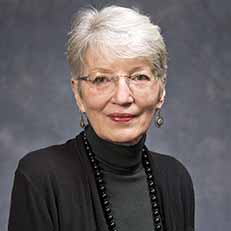BLOOMINGTON, Ind. -
A new Indiana University report points to some troubling indicators of financial vulnerability among Indiana nonprofits, including small size, potential risks of deficits, relatively few financial planning-related tools in place, and comparatively high fundraising challenges.
The report, Indiana Nonprofits: Managing Financial Resources was released today by the Indiana University Paul H. O’Neill School of Public and Environmental Affairs and the Lilly Family School of Philanthropy. The report uses data from a 2017-18 survey (the most recent data available) of 1,036 nonprofits that was conducted by the Indiana Nonprofits Project.
The report examines a broad range of financial dimensions of Indiana nonprofits as well as how these dimensions vary by basic organizational features and the context in which nonprofits operate.
Many nonprofits are small (median revenues of $70,000) and show evidence of financial strain, with increased expenditures more widespread than growing revenues. Many also juggle a variety of revenue sources—each requiring specific management skills—adding additional strains. Indeed, Indiana nonprofits report challenges raising funds more so than managing financial resources.
“This survey was conducted in 2017-18, and some details and conditions certainly will have changed since then given the impact of the COVID-19 pandemic. However, our research on how the pandemic impacted Indiana nonprofits (see Indiana Nonprofits and COVID-19 and Impact of COVID-19 on Nonprofit and For-Profit Employment) suggests that the overall financial portrait presented here is likely to be substantially consistent with current conditions. Financial conditions may even have deteriorated,” said Kirsten Grønbjerg, Distinguished Professor Emerita of the O’Neill School at Indiana University and Efroymson Chair in Philanthropy (2001-2020).
The report shows that nonprofit organizational dimensions, such as formalization, size of staff, presence of information technology tools, and, to some extent, age, appear to be significantly related to differences in financial dimensions. Some financial features also differ across dimensions of the environmental context in which Indiana nonprofits operate, including the field in which nonprofits operate and whether they are registered charities or not.


